
Revalorisation of local public green infrastructure to enhance bee population and biodiversity

About this good practice
The Municipality of Montecopiolo has introduced the following good practices in its territory since 2020, focusing on green areas, raising awareness about green issues throughout the community, and promoting biodiversity.
1. specific biodiversity trail was created, including shelters for pollinating insects and local endangered animals to protect them from predators and weather hazards.
2. areas were identified where natural grassy patches were allowed to grow to promote the proliferation of wildflowers, increase biodiversity, and enhance the pollination processes.
A mapping of tree species, wildflowers, and spontaneous orchids was introduced, to be able to determine how and to what extent the actions taken have affected the population of such species
The intervention was designed in the municipal park Monte Montone and adjacent areas to enhance native species.
The park has also been cleaned, organized, and made available to the local population and visitors to host educational events for children or other types of recreational activities involving contact with nature.
Expert opinion
Resources needed
Montecopiolo creatively sourced resources for initiatives without funds. Barter agreements with private companies cleared trees for timber to maintain trails and build park amenities. This approach led to buying nine shelters for 5000 Euros, cutting town expenses significantly
Evidence of success
Evidence shows a rise in the local bee population, benefiting pollination and the resurgence of tree and flower species at risk of local extinction. This positive trend is linked to a new biodiversity trail featuring 9 shelters for pollinating insects. Moreover, designated areas now nurture natural grassy patches to encourage wildflower growth, boost biodiversity, and improve the pollination cycle.
Potential for learning or transfer
The successful approach is easily transferable to regions sharing comparable morphological, faunal, and floral traits. The decline in bee populations and its repercussions on pollination and tree species are prevalent issues. Strategies employed to mitigate these challenges are commonly adopted and adapted. Scientific research underscores the critical role of conserving and fostering pollinator communities to sustain ecosystems and agriculture. This model can be effectively implemented in various locations facing similar ecological conditions, offering a practical solution to the widespread decline in bee populations and its cascading effects on biodiversity and agricultural productivity. By emphasizing the significance of preserving pollinators, this method not only addresses current environmental concerns but also provides a sustainable framework for enhancing ecosystem resilience and supporting agricultural sustainability on a broader scale
Further information
Images
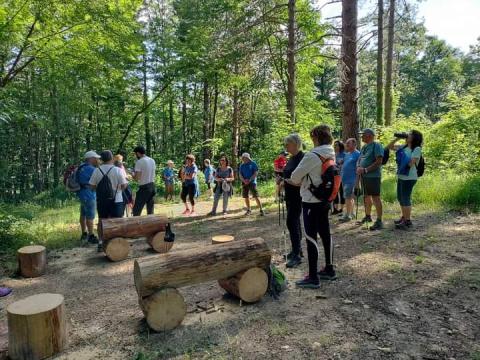







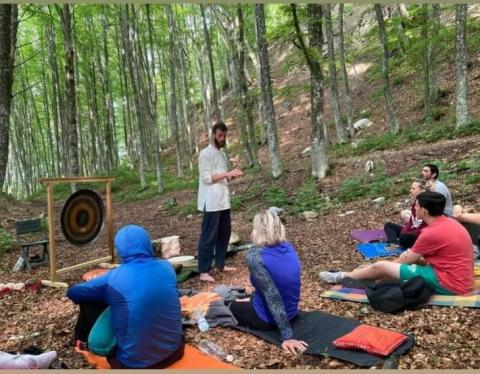



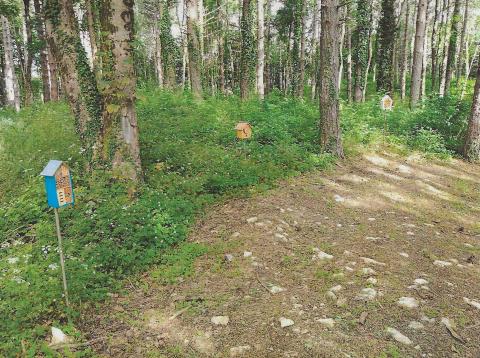
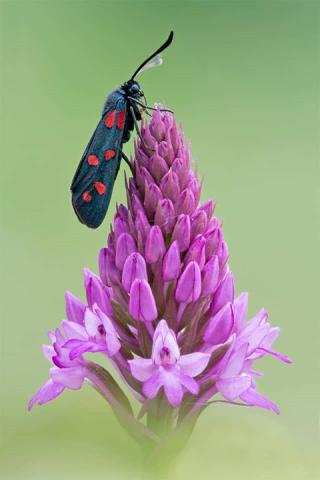
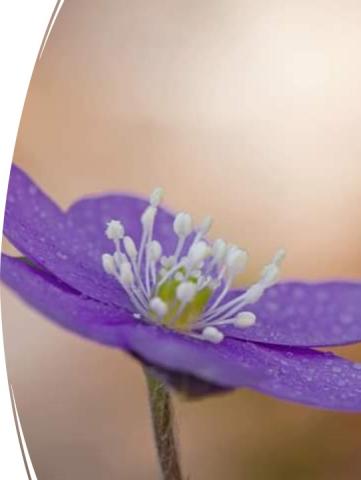
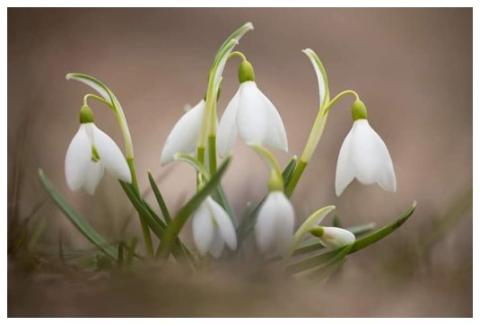
Good practice owner
You can contact the good practice owner below for more detailed information.
